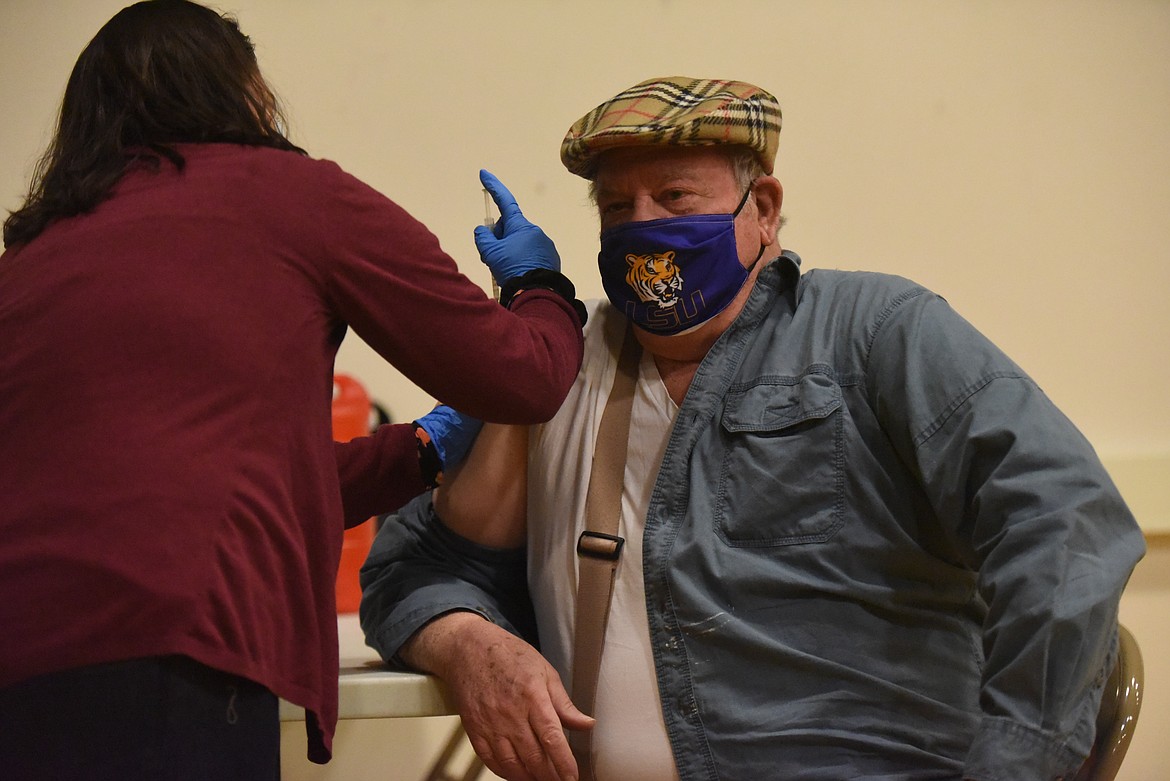Wait for vaccine leaves resident anxious
For Libby resident Dean Brousseau, the coronavirus vaccine cannot come soon enough.
At 69 years old and suffering from high-risk medical conditions, Brousseau added his name to the county health department’s growing list a while ago...
Become a Subscriber!
You have read all of your free articles this month. Select a plan below to start your subscription today.
Already a subscriber? Login



